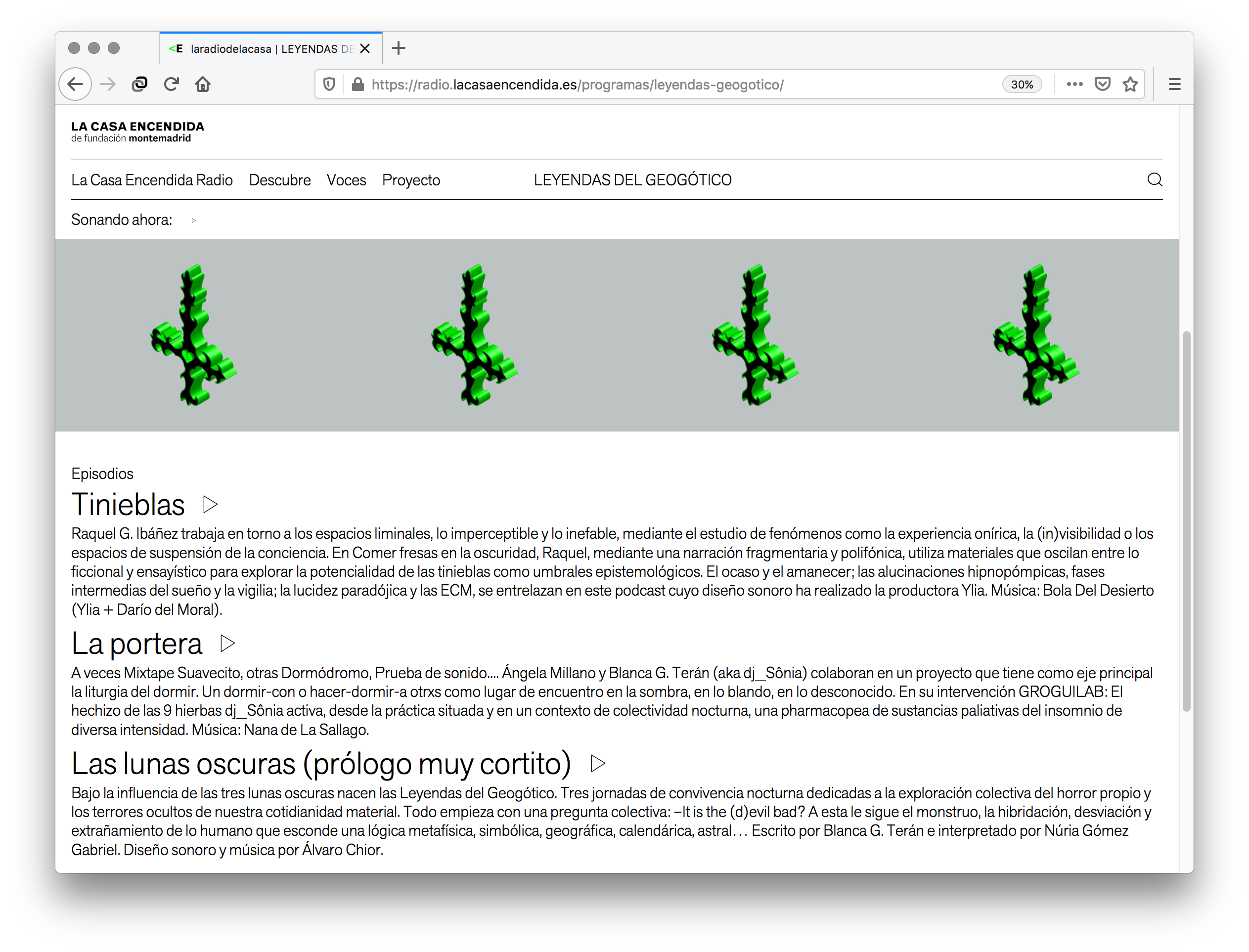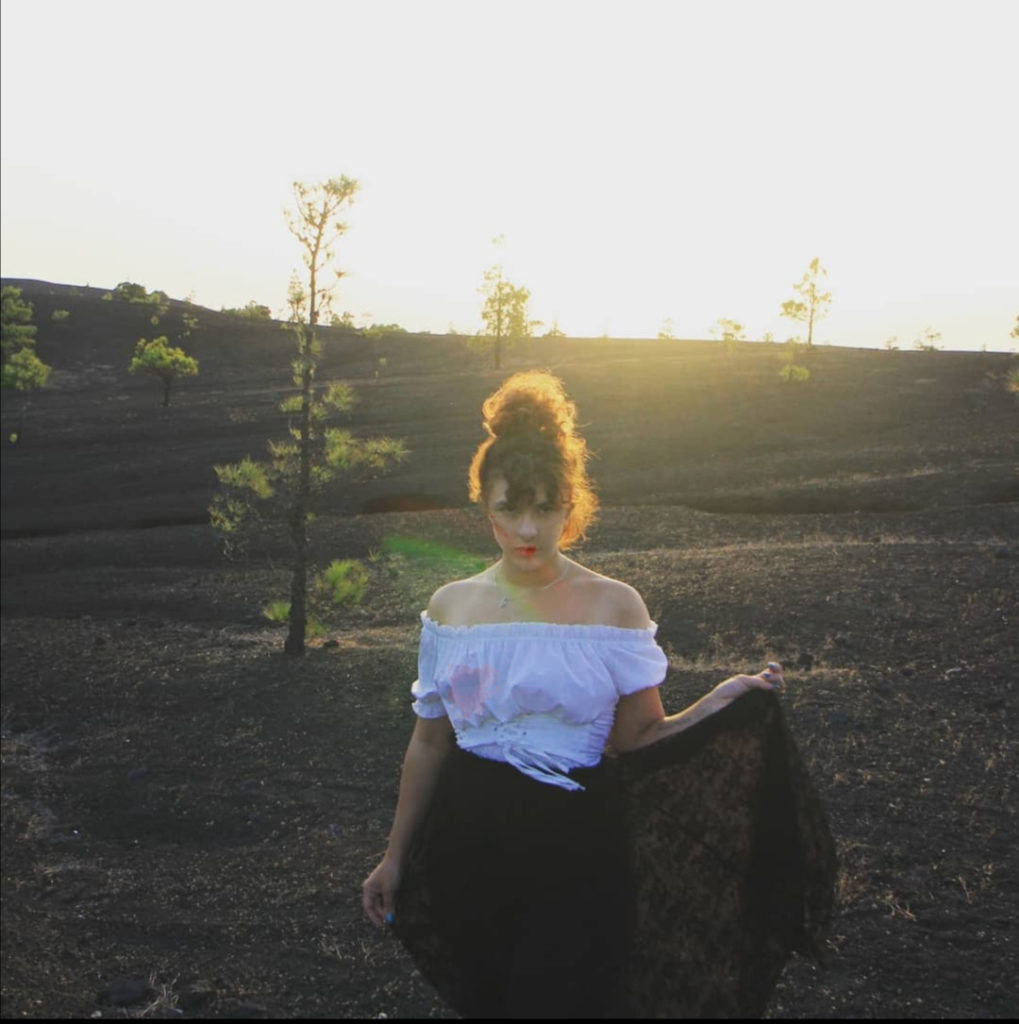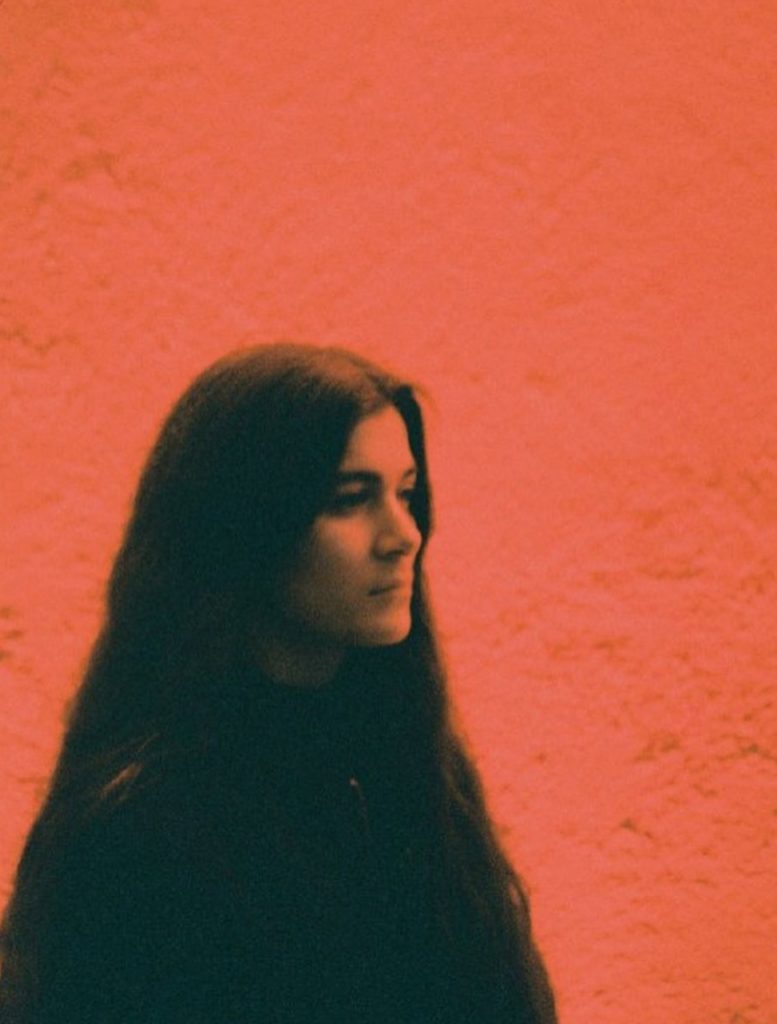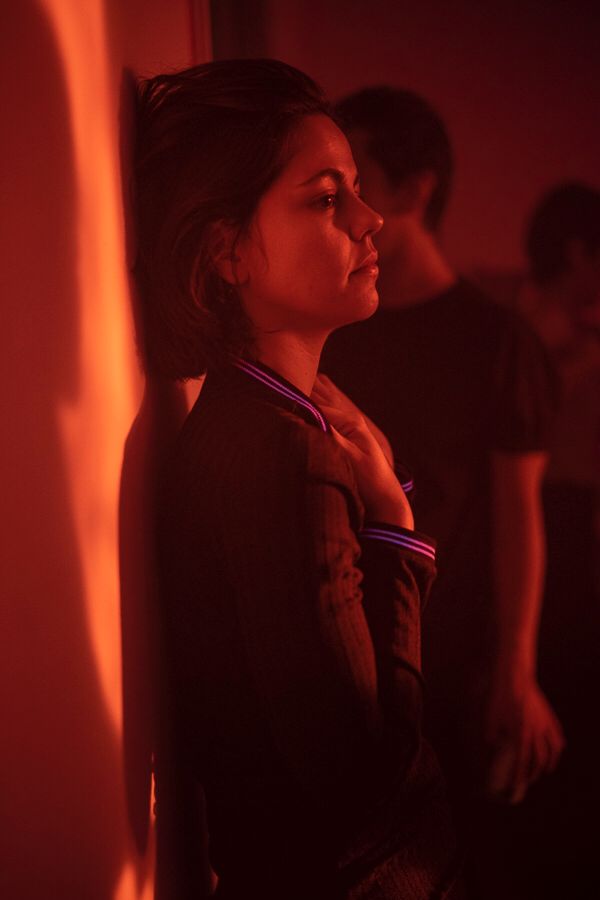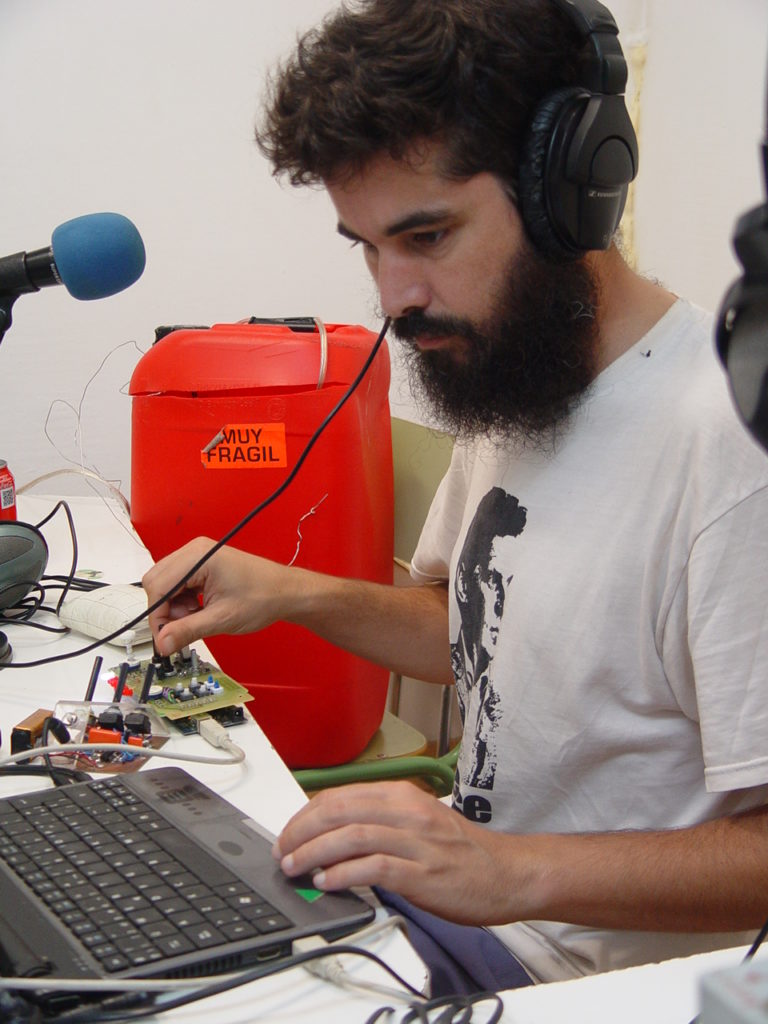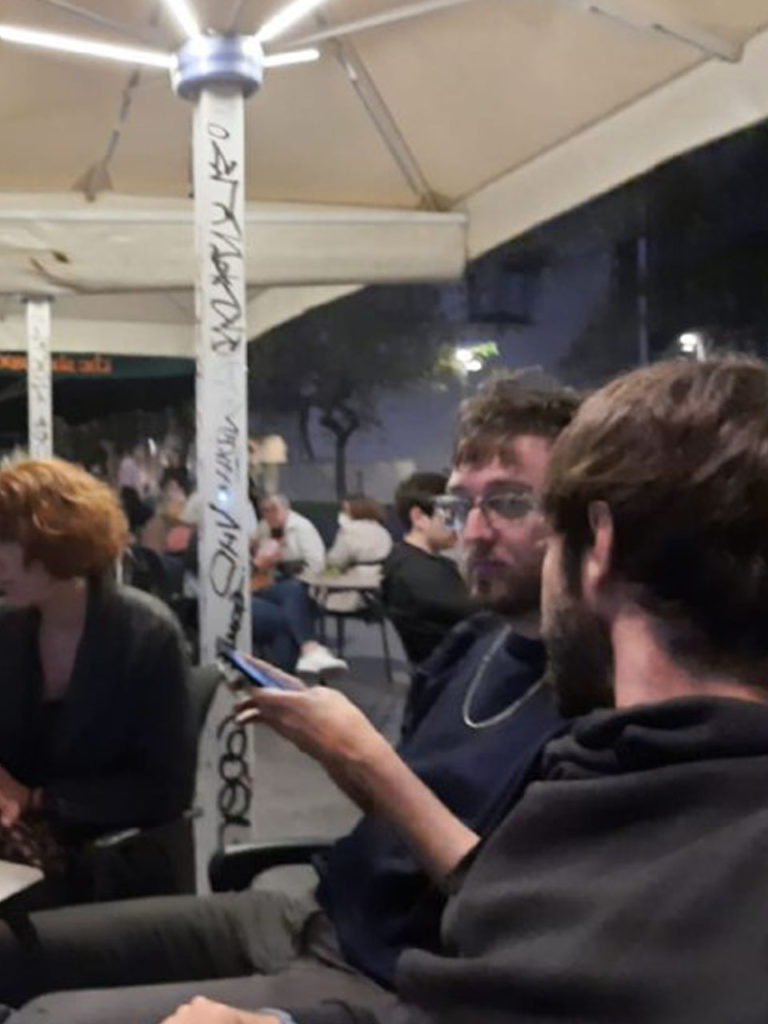The curatorial research framework generated by the Encura V grant provides tools and context for the production and exhibition of the project being developed. On the one hand, Hangar (a production and research centre in Barcelona, where the first part of the residence takes place) facilitates exploration in terms of material experimentation (web programming, sound and audio-visual recording, spaces for meeting and collective work). On the other hand, La Casa Encendida in Madrid, being an exhibition center, offers the possibility of carrying out some type of activity open to the public. Based on this logic, in They roam darkly amidst the shadows we have developed a Wiki-fiction associated with the project in cooperation with Hangar’s technicians and web programmers. But when thinking about possible activities open to the public that were faithful to the methodological spirit of the project, it was not so clear to me what to do. How could we share the collective research process? How could we talk about the Gothic from a curatorial perspective that is friendly to all that has happened (view previous entries of Art Blog Spy)?
First, and if I’m honest, one of the greatest insights of the research process has been to relocate my initial premise. Discovering that the bourgeois and romantic Gothic of the 19th century, the one that opposed the logic of the Enlightenment, is only one of the sensibilities inscribed in the hegemonic narrative of Gothic phenomenology was a revelation. In fact, the origin of the word «Gothic» refers to the Goths, Teutonic warriors who made their way into Western Europe in the 4th century and who came from abroad to mix their blood. Warriors who contributed to the collapse of an already declining Roman Empire and heralded the beginning of the Middle Ages. A stormy period of conflict and unrest, and surely, many other things. It is there that the root Goth became synonymous with everything that was wild and rude according to Roman morality. A dictation that associated the Gothic with the uncivilized, barbarian and of strange or unknown taste.
From this perspective, we can elucidate that the notion of the Gothic is inseparable from geopolitics. The Gothic, be it bourgeois Gothic, Creole, Andean, Canarian, Iberian or Charnego Gothic, is the result of the monstrous effect of territorial processes by the extractive, identitarian and colonizing powers. This is where the neologism «geogoth» was born. A neologism that we venture to point out at this point in the investigation but in which we do not delve into, for it rather serves as a speculative and inspirational framework.
But then again: how to talk about the Gothic from a curatorial perspective? How to present our collective research while being faithful to the project’s own methodology? These were my doubts… What I had no doubts about is that I could not work with a historicist curatorial discourse (genealogies in the history of art). Nor did I consider it appropriate to contextualize the artistic practices involved in the project from a conventional story. I did not want to close the interpretation to a single reading. Much less did I feel like writing with formulas that we already know and that legitimize institutionalized and homogenizing ways of narrating and contextualizing. So I undressed myself and decided to place myself on the same plane of speculation and experimentation as the rest of the artists. The result, a radio program consisting of 5 separate episodes and entitled Tales from the Geogoth, can therefore be described as my first attempt at fiction-based curating.
Each episode/legend (see descriptions below) starts with the presentation of the psychology of a character that functions as an archetype. These archetypes have been imagined from the personal anecdotes shared throughout the nights of coexistence with the artists. But they also present the motivations and roles played by the artists throughout the coexistence days dedicated to research. For example, in the first legend, I thought of the figure of the caretaker as a symbolic metaphor to introduce dj_Sônia and the place that she occupied on the night of conviviality on March 13 in the residency space Planta Alta in Madrid. The concierge is a guardian, a person who sees everything but no one notices her or asks her about her life. The caretaker of a building is someone who has the keys to all the rooms in the building and who knows in detail the life of its inhabitants but who, nevertheless, goes unnoticed in the eyes of those who come to her place.

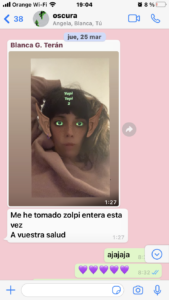
From here on, I worked to generate the context for their sound intervention, then followed the same process with each episode: experimenting with fiction as a tool to generate a framework of interpretation and curatorial contextualization.
I have to confess that this exercise has been difficult for many reasons. First, for the attention and meticulous care invested in the construction of the fable and the story. But also due to the level of exposure, vulnerability, and insecurity from which one works when doing things for the first time. But what place could be more beautiful to work if it is not that of insecurity and love? In the end this has been one of the most terrifyingly beautiful learnings that I have had in a while, and I would like to stay in it for a while. I take this opportunity to thank all the love and generosity received during the process, but also, and above all, for sharing your fears and insecurities with me.
Here is a brief description of each of the episodes that are part of the podcast Tales from the Geogoth: an attempt at fiction-based curating and an opening to the research process carried out within the framework of Encura V. We hope you enjoy listening.
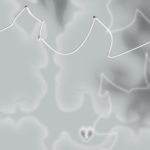
Las lunas oscuras (prólogo muy cortito)
Under the influence of the three dark moons Tales from the Geogoth are born. Three days of nocturnal coexistence dedicated to the collective exploration of our own horror and the hidden terrors of our material daily life. It all starts with a collective question: –It is the (d) evil bad? This is followed by the monster, the hybridization, deviation and estrangement of the human that hides a metaphysical, symbolic, geographical, calendrical, astral logic … Written by Blanca G. Terán and interpreted by Núria Gómez Gabriel. Sound design and music by Álvaro Chior.
Listen here
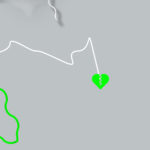
La portera
Sometimes Mixtape Suavecito, other Dormódromo, Prueba de sonido uno.Wireless window para quedarse frita, juntas… Ángela Millano and Blanca G. Terán (aka dj_Sônia) collaborate in a project whose main axis is the liturgy of sleep. A sleep-with or make-sleep-others as a meeting place in the shade, in the soft, in the unknown. In his GROGUILAB speech dj_Sônia activates, from situated practice and in a context of nocturnal collectivity, a pharmacopoeia of insomnia palliative substances of varying intensity. Music: Nana de La Sallago.
Listen here
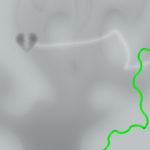
Tinieblas
Raquel G. Ibáñez works around liminal spaces, the imperceptible and the ineffable, through the study of phenomena such as the dream experience, (in) visibility or spaces of suspension of consciousness. In Eating strawberries in the dark, Raquel, through a fragmentary and polyphonic narrative, uses materials that oscillate between fiction and essays to explore the potential of darkness as epistemological thresholds. Sunset and sunrise; hypnopompic hallucinations, intermediate phases of sleep and wakefulness; paradoxical lucidity and NDEs are intertwined in this podcast whose sound design has been made by the producer Ylia Music: Bola Del Desierto (Ylia + Darío del Moral).
Listen here
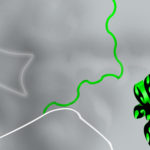
Afortunada
In this legend, Raisa Maudit rewrites the course of a story written from power and questions the fiction constructed to support a story of invasion and death. Her work Letting One Die is a sound exploration in the key of a cantata with a voice. The proposal narrates a new vampiric mythology through a decolonial revision of the history of the Auritas: a tribe inhabiting the island of La Palma, where the artist comes from. Music: Valentina la de Sabinosa
Listen here
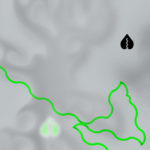
OK Sangre
Andrea Gonzalez and Elif Özbay try ways of fictionalizing their research and incarnating themselves in different voices as the first notes for a possible vampiric radio soap opera. In Blood Lines and Time Circles: temptations for a Vampire Radio soap opera, the artists focus their study on the idea of blood in the vampiric and its relationship with time. The vampiric, as a territory of biopolitical negotiation, distorts the normative relations of blood, crosses the borders of otherness, dilutes the biological family and proposes another type of filial relations, literally liquid. Its physical properties act as a compound of immortality, mutation, contaminated or cursed substance, as a magical fluid. Music: Clipping
Listen here
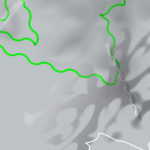
Paladar
Colectivo Juan de Madre emulates the structure of a nineteenth-century grimoire in which it classifies the seventy-two main algorithms that govern our digital tasks; attending to the materiality of the Network, and understanding it as a golémic extension of our own organism. In La heptasección del Gólem XXI (Algritmorio), CJM proposes the bases of a new cabalistic materialism, with a socialist spirit. Oscar Martín (aka Noish) takes part in the podcast with Interferences in sound inter-regnas, a deconstruction and mutation of the sound particles of the musical theme El hombre de barro by Hidrogenesse; and an invocation to the voices and multiplicities of Cthulhu.
Listen here
* This text has as its starting point the experiences shared with the artists Andrea González, Elif Özbay, Raisa Maudit, Colectivo Juan de Madre, Ángela Millano & Blanca G. Terán (aka dj_Sônia), Raquel G. Ibáñez, Marian Garrido, Ana Llurba and Paco Chanivet
